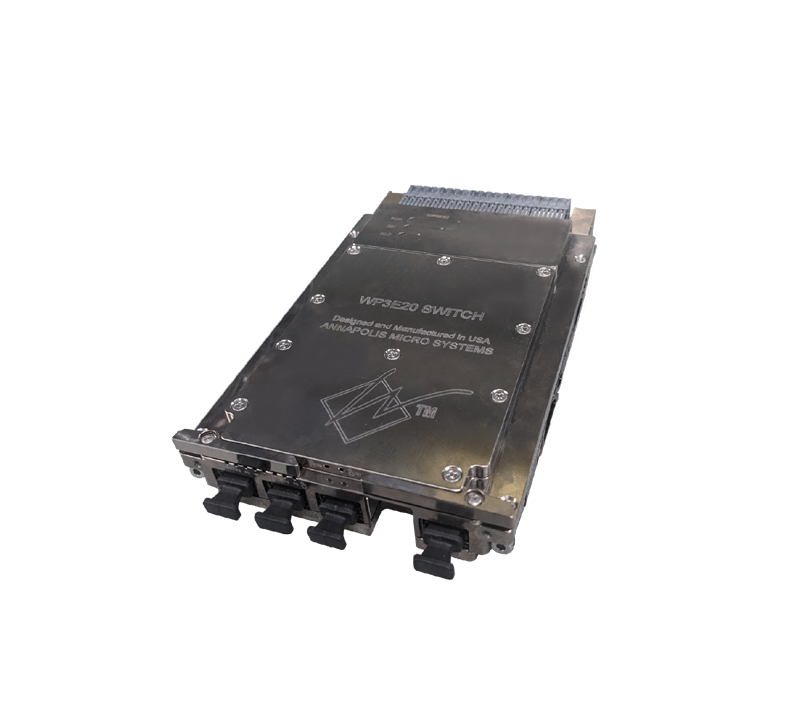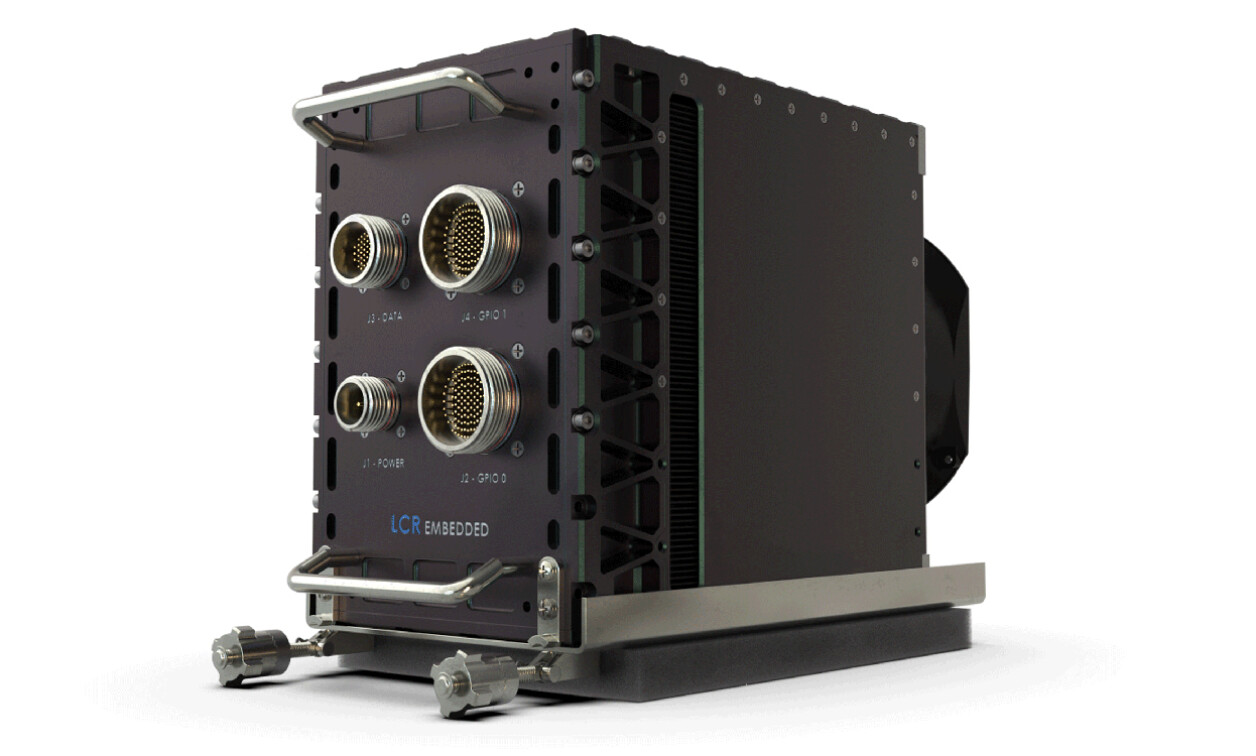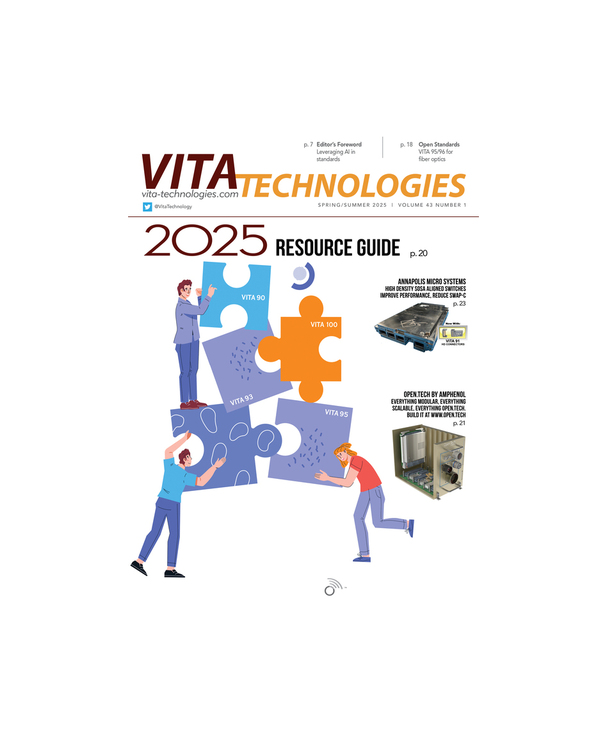STOCKHOLM, Sweden, March 1, 2011 – Enea today announced that in order to ease the transition to multicore processing for its current and future customers the company will launch the Enea Multicore Migration Platform (MMP). The MMP will help developers of multicore systems to migrate legacy applications from unicore to multicore preserving investment, while at the same time enabling the use of the latest high-performance multicore devices. The MMP combines proven best practices and powerful software all backed by Enea product and professional services to meet the direct concerns of equipment providers.
“Enea has already successfully migrated a major Tier 1 customer with our Hypervisor technology with full guest OS support, including Linux,” said Marcus Hjortsberg, vice president of marketing at Enea. “If you are interested in migration of your legacy applications to the latest multicore devices, then you should look into Enea’s proven multicore migration platform. Whether your goals are device differentiation, bill of materials reduction by consolidation of processing devices, or increased performance through the use of multicore, Enea has the solution to help guide you.”
The MMP addresses a number of critical challenges in migrating to multicore such as deploying a legacy OS on a multicore device, identifying and dealing with shared state, partitioning and load balancing issues, profiling and performance optimization, using new HW features together with legacy SW, live guest OS and SW upgrades. To reduce development time and risk associated with the above challenges, MMP is built on the Enea Hypervisor with additional tools, extensive migration documentation, example guest OS integrations, shared device drivers and other reference source code.
The Enea Hypervisor is designed to support any legacy OS as guest, and provides the ability to extend a system with Linux. The hypervisor provides a thin para-virtualization layer for Linux and other guest OS with no intervention or interference from the underlying microkernel based services layer. A complete fault redundant device framework that supports common services across all cores and individual core restart without full device reboot. The MMP also supports bare-metal execution environments in conjunction with legacy OS and SW. All guest OSs and services can utilize a shared and common interprocess communications technology called Enea LINX that makes multicore applications easier to program, partition and scale. An integrated Enea Optima tool chain rounds out the package offering system level debug, profiling and optimization.
“We are pleased that Enea is tackling the critical issue of simplifying the migration to multicore processors,” said Danny Mulligan, marketing director for Freescale Semiconductor’s Networking Processor Division. “We expect that this platform will reduce the barriers of multicore adoption and provide our joint customers with the information and technology to more rapidly take advantage of our latest QorIQ products.”
The MMP will first be launched on Freescale’s QorIQ P4080 processor with the company’s QorIQ P1/P2/P3 families of devices available to follow.
About Enea
Enea is a global software and services company focused on solutions for communication-driven products. With 40 years of experience Enea is a world leader in the development of software platforms with extreme demands on high-availability and performance. Enea’s expertise in real-time operating systems and high availability middleware shortens development cycles, brings down product costs and increases system reliability. Enea’s vertical solutions cover telecom handsets and infrastructure, medtech, automotive and mil/aero. Enea has offices in Europe, North America and Asia. Enea is listed on Nasdaq OMX Nordic Exchange Stockholm AB. For more information please visit www.enea.com






